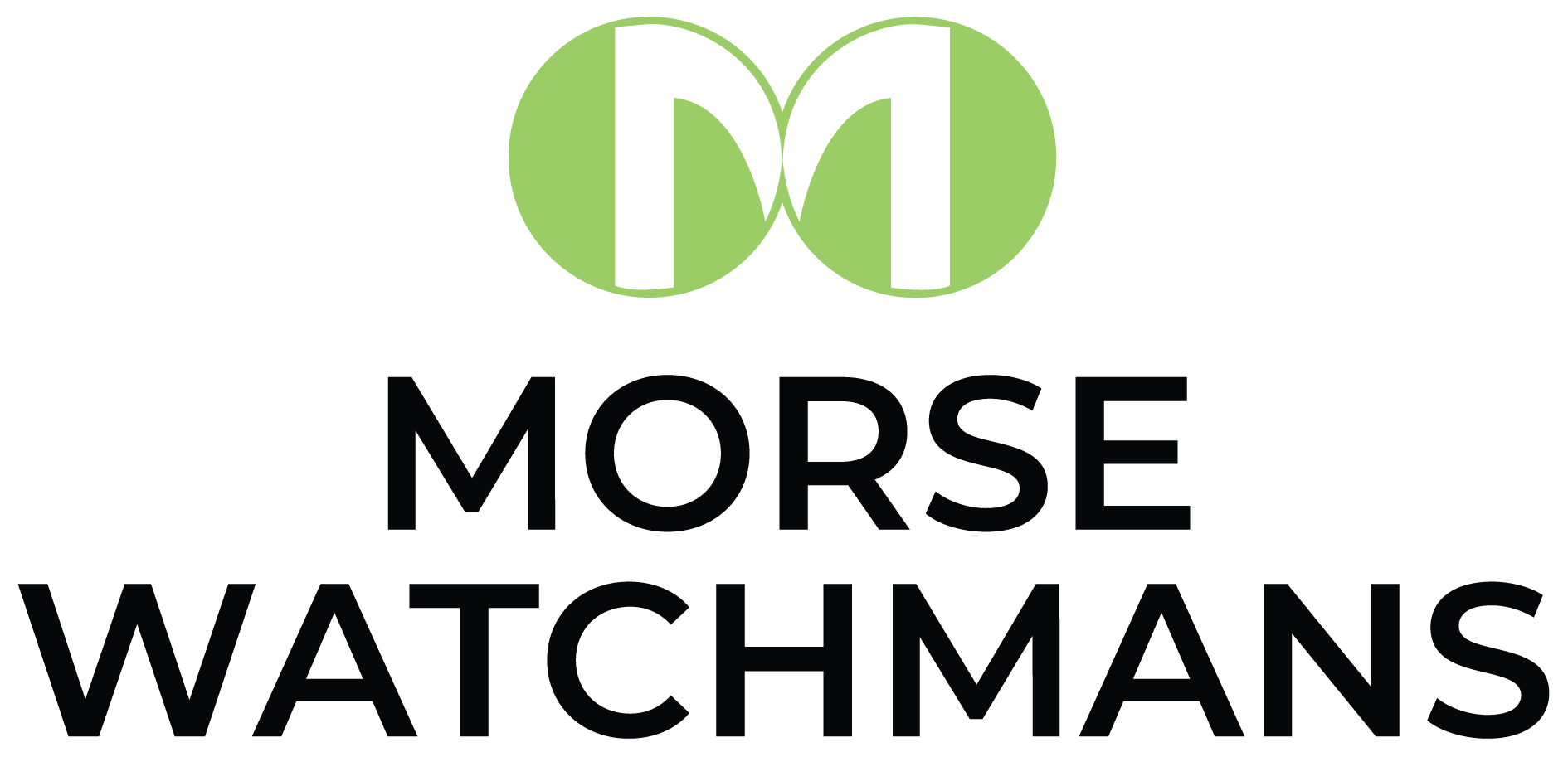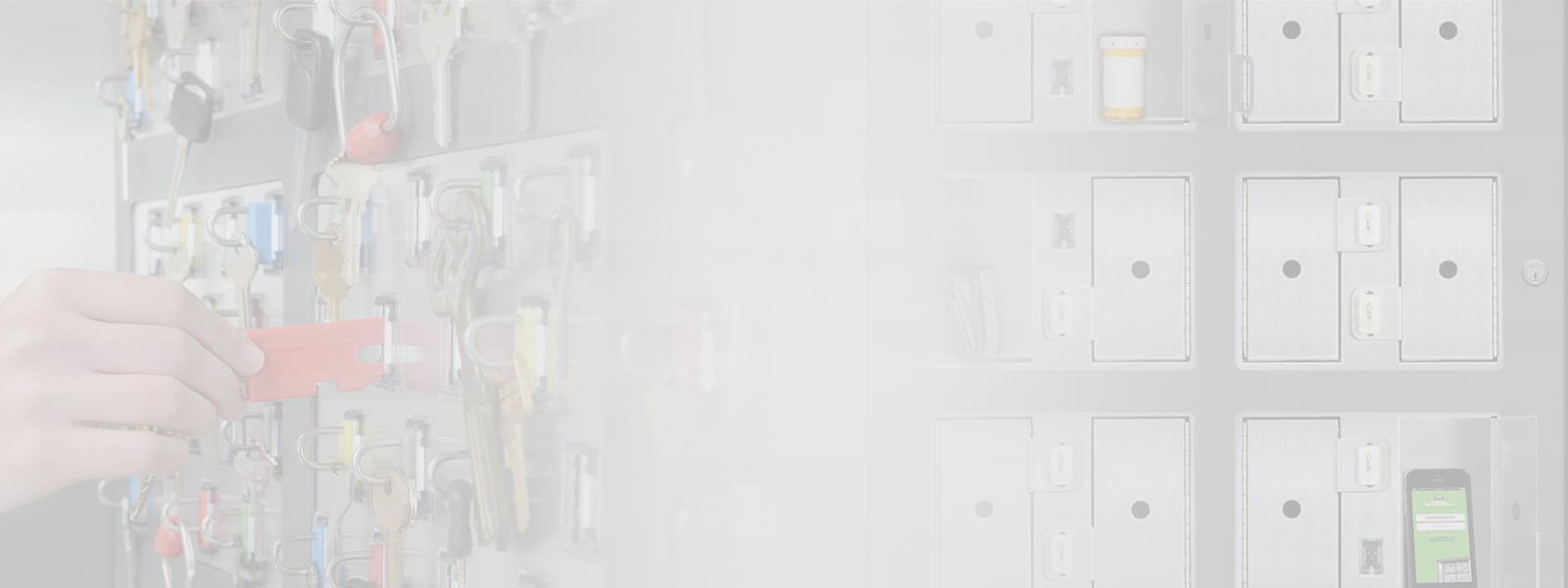 Operating a taxi or limo company can be a profitable business, as there will always be a demand for high-quality limo services and ground transportation.
Operating a taxi or limo company can be a profitable business, as there will always be a demand for high-quality limo services and ground transportation.
However, operating such a business relies upon a large number of vehicles that all need to be cared for and maintained to ensure that they function correctly at all times. After all, what message are you sending to current and future customers if one of your limos or taxicabs breaks down on the side of the road, or is not available due to an unexpected service issue? Vehicle maintenance issues can also result in safety concerns, reduced productivity, and wage losses.
One of the most important ways to keep your taxicabs and limos running properly is a strategy that includes regularly scheduled maintenance. A routine maintenance schedule should include items such as rotating tires, replacing the battery, changing the oil, checking belts and hoses, replacing air filters, checking the amount of engine coolant, doing a brake check, keeping the inside clean, and more.
Fleet management software makes it easier than ever to ensure that maintenance schedules are implemented. The systems can also help you solve unexpected problems that can occur with your vehicles. Sometimes a problem will arise while a driver is using a vehicle, such as a check engine light or a broken windshield wiper. Fleet management software makes it easy and convenient for a driver to report those problems and for management to temporarily take the vehicle offline. Information about the service issue can be sent to the appropriate technician so that the problem can be promptly corrected, and the vehicle can be placed back into service when it’s ready.
Fleet Management systems, like Morse Watchmans’ KeyWatcher Fleet, can manage service issues with your limo and taxicab fleet. The system helps you to schedule regular oil changes, tire rotations, state inspections, and manufacturer recommended maintenance programs. You can also monitor total mileage, recurring mileage, or usage time of every vehicle, which can provide another indicator of when to perform maintenance tasks.
These systems also provide the ability for administrators to determine the order that vehicles are issued based on data like fuel or charge level, and priority index – which allows admins to specifically define the order in which vehicles are released.
Providing your drivers with a well-maintained, working fleet is essential for operating your limo and taxicab business, but managing that process does not have to be complicated or expensive. Morse Watchmans’ KeyWatcher Fleet simplifies preventive maintenance to ensure that your vehicles are operating correctly and that your business can prosper and grow.
Download our free whitepaper to learn how you can extend the life of your taxi or limo fleet.



